In this Dalton Transactions Hot article, ionic liquids are made by reactive distillation.
Peter Licence and co-workers from the University of Nottingham discovered this method by accident while researching [C4C1Im][BF4], when they realised that the substance they had after distillation was very different to their starting materials. Further investigation revealed they had created a borane-substituted imidazol-2-ylidene, a compound with potential to be an excellent solvent for a wide variety of reactions.
The conventional technique to make these type of ionic liquids is via a direct nucleophilic reaction, which is experimentally difficult as the starting reagents are highly reactive. This distillation technique is particularly good, not only because of the stability and availability of the starting materials, but because of the high purity of the obtained products.
Read on to find out more details about this technique.
Borane-substituted im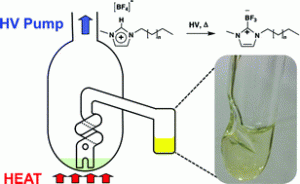 idazol-2-ylidenes: syntheses in vacuo
idazol-2-ylidenes: syntheses in vacuo
Alasdair W. Taylor, Kevin R. J. Lovelock, Robert G. Jones and Peter Licence
Dalton Trans., 2011, Advance Article
DOI: 10.1039/C0DT01240H, Paper
READ FOR FREE until February 11th











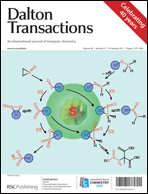

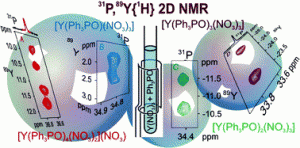

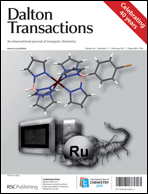
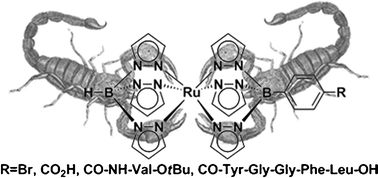
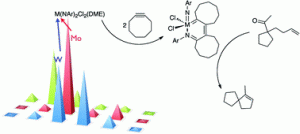
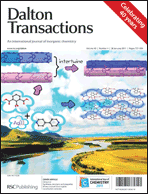 Syntheses, structures and properties of two unusual silver–organic coordination networks: 1D-1D tubular intertwinement and existence of an infinite winding water chain
Syntheses, structures and properties of two unusual silver–organic coordination networks: 1D-1D tubular intertwinement and existence of an infinite winding water chain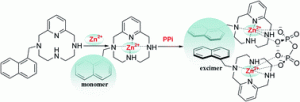 r read the original paper.
r read the original paper.